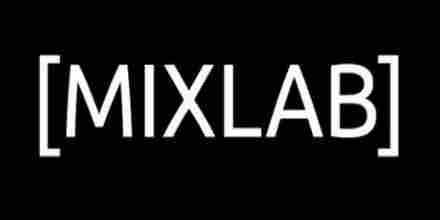Dubstep is a genre of electronic dance music that originated in South London in the late 1990s and early 2000s. It emerged from the broader 2-step garage scene, with its roots deeply embedded in UK underground music culture. The term "dubstep" initially referred to a specific type of 2-step garage, but it evolved into a distinct genre characterized by sparse, syncopated rhythms and sub-bass frequencies.
The early dubstep sound was heavily influenced by Jamaican dub reggae and drum and bass, featuring half-time rhythms and minimalistic percussion. The tempo typically ranges from 138 to 142 beats per minute (bpm), which is slower than many other forms of dance music. This slower tempo allows for a deeper, more resonant bassline that often dominates the track.
One of the defining features of dubstep is its use of sub-bass, which creates a deep, rumbling sound that can be felt as much as it is heard. Producers often employ complex layering and manipulation of sounds to create intricate textures and atmospheres. The genre frequently incorporates elements of other electronic music styles, such as house, techno, and grime, resulting in a rich and diverse sonic palette.
In the mid-2000s, dubstep began to gain international recognition, particularly in the United States, where it evolved into what is often referred to as "brostep." This subgenre of dubstep is characterized by its aggressive, distorted basslines and more pronounced drum patterns. Brostep gained popularity through its association with trap music and the rise of EDM (Electronic Dance Music) festivals.
Dubstep's influence extends beyond music, affecting fashion, art, and even language. The genre has spawned a dedicated subculture, complete with its own slang, visual aesthetics, and community events. Dubstep nights at clubs and festivals often feature elaborate sound systems designed to maximize the impact of the sub-bass frequencies.
Notable producers and DJs in the dubstep scene include Skream, Benga, Digital Mystikz, and Rusko. These artists have played a significant role in shaping the genre's sound and helping it gain global recognition. The evolution of dubstep continues, with new subgenres and hybrid styles emerging regularly, ensuring that the music remains dynamic and innovative.
In recent years, dubstep has seen a resurgence in popularity, with many producers returning to its roots while also exploring new sonic territories. This ongoing evolution reflects the genre's adaptability and enduring appeal, making it a vital part of contemporary electronic music culture.
 Dubstep Light RadioDubstep Light Radio
Dubstep Light RadioDubstep Light Radio 1.3k
1.3k
 1
Russia, Novosibirsk Dubstep
1
Russia, Novosibirsk Dubstep 24/7 Dubstep Radio24/7 Dubstep Radio
24/7 Dubstep Radio24/7 Dubstep Radio 1.2k
Poland Dubstep
1.2k
Poland Dubstep


































